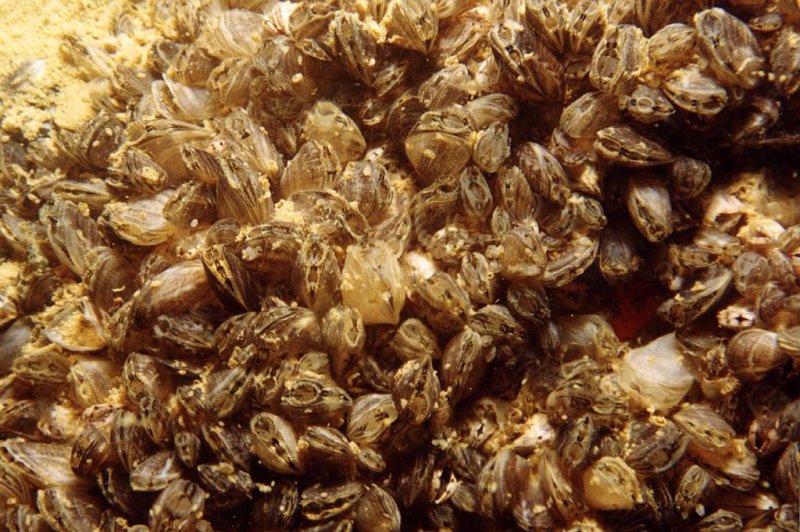BOSTON, Sept. 22 (UPI) -- A new waterproof glue -- modeled after the proteins that help mussels, barnacles and other shellfish cling to rocks, pylons, boats and other underwater debris -- may have important naval and medical applications, according to researchers at the Massachusetts Institute of Technology.
The super strong adhesive may be useful in repairing ships or healing wounds.















